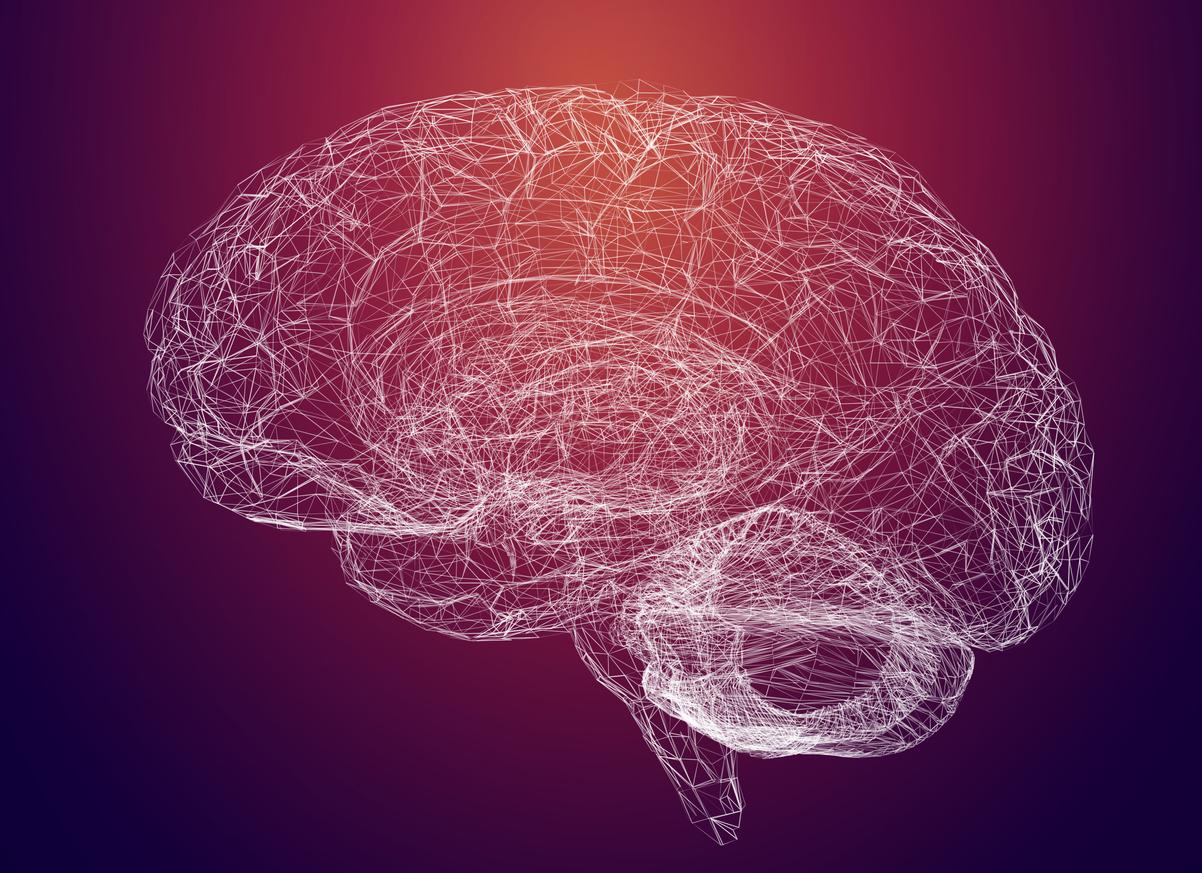October 16, 2001 – A Report1 published in the October issue of the journal Pediatrics offers practitioners, teachers and parents new guidelines to help them better identify, assess and treat school-aged children with Attention Deficit Hyperactivity Syndrome (ADS / H).
The study recommends, as a first therapeutic approach, to administer neurostimulants, such as methylphenidate, better known as Ritalin, knowing that 80% of children respond well to this treatment. Then, if this type of medication is not effective, it is then advisable to prescribe an antidepressant. Several behavior modification techniques based on positive reinforcement in combination or alternating with medication were also recommended, although the effectiveness of this approach was rated as “fair”. The importance of recognizing ADS / H as a chronic condition, specifying treatment goals and periodically assessing the child’s progress is also emphasized.
However, nowhere in the study is the role of diet in the treatment of ADS / HD discussed. Although there is no strong evidence for the effectiveness of a dietary approach to treat hyperactivity, this factor is worth mentioning, except in light of the potential risks associated with use in hyperactivity. long-term amphetamine stimulants and side effects of Ritalin (decreased appetite, weight loss, abdominal pain, insomnia and increased heart rate). Yet, a very significant improvement in the health of many children has often been observed as soon as refined sugar, artificial colors and allergens or a combination of these were removed from their diet. The diet approach as a treatment option for SDA / H was implemented by Dr. Ben Feingold2 after noticing a progress in the behavior of hyperactive children following the elimination of foods containing synthetic dyes or salicylates. Of note, a recent report titled Attention deficit hyperactivity disorder and use of central nervous system stimulants3, published jointly by the Collège des médecins du Québec and the Ordre des psychologues du Québec, considers diet as a modality of intervention.
The conclusions of the study show more openness. They recommend further research to assess the effectiveness of other treatment methods such as occupational therapy, biofeedback, the use of herbs, vitamins or dietary supplements. Several of these treatments are already in use, but have not yet been tested in control groups. Thus, according to a comparative study4, taking 200 mg of the magnesium supplement daily could significantly reduce symptoms of hyperactivity. In addition, another search5 made it possible to explore the possibility of adapting other therapeutic aspects, in particular that of creativity.
Monique Lalancette – PasseportSanté.net
From Healthnotes Newswire, October 4, 2001 and Children’s Health from the MSNBC News Service, October 1, 2001
1. Subcommittee on Attention-Deficit / Hyperactivity Disorder and Committee on Quality Improvement. American Academy of Pediatrics: Subcommittee on Attention-Deficit / Hyperactivity Disorder and Committee on Quality Improvement. Clinical practice guideline: treatment of the school-aged child with attention-deficit / hyperactivity disorder. Pediatrics 2001 Oct; 108 (4): 1033-44.
2. Cook PS, Woodhill JM. The Feingold dietary treatment of the hyperkinetic syndrome. Med J Aust 1976 Jul 17; 2 (3): 85-8, 90.
3. College of Physicians of Quebec. Attention deficit hyperactivity disorder and use of central nervous system stimulants . Guidelines from the College of Physicians of Quebec and the Order of Psychologists of Quebec, September 2001. [Consulté le 16 octobre 2001] http://www.ordrepsy.qc.ca./Public/pdf/Ritalin%2028%20pages.pdf
4. Starobrat-Hermelin B, Kozielec T. The effects of magnesium physiological supplementation on hyperactivity in children with attention deficit hyperactivity disorder (ADHD). Positive response to magnesium oral loading test. Magnes Res 1997 Jun; 10 (2): 149-56.
5. Low CB. Attention deficit hyperactivity disorder: dissociation and adaptation (a theoretical presentation and case study). Am J Clin Hypn 1999 Jan; 41 (3): 253-61.















